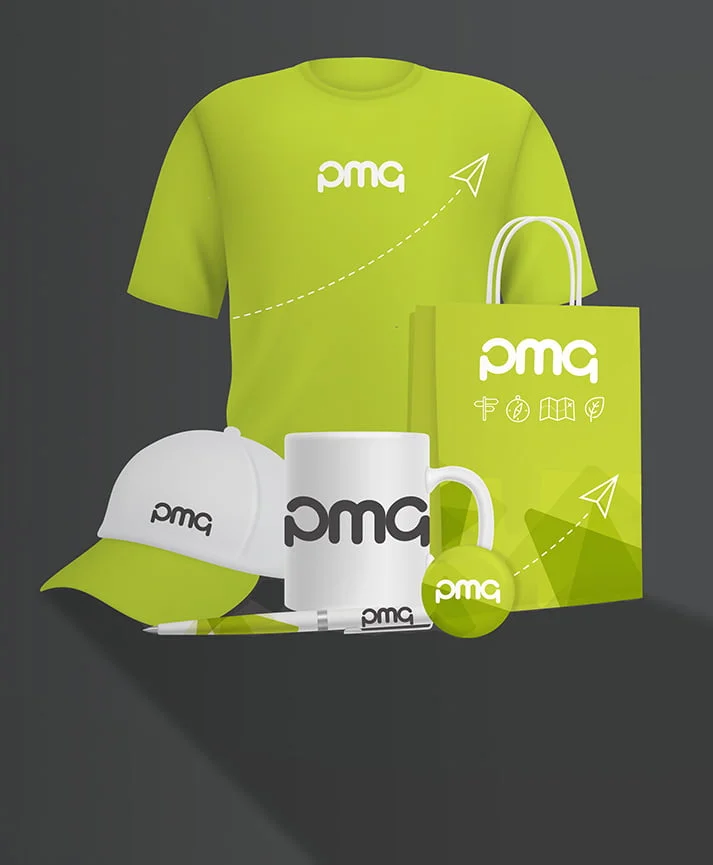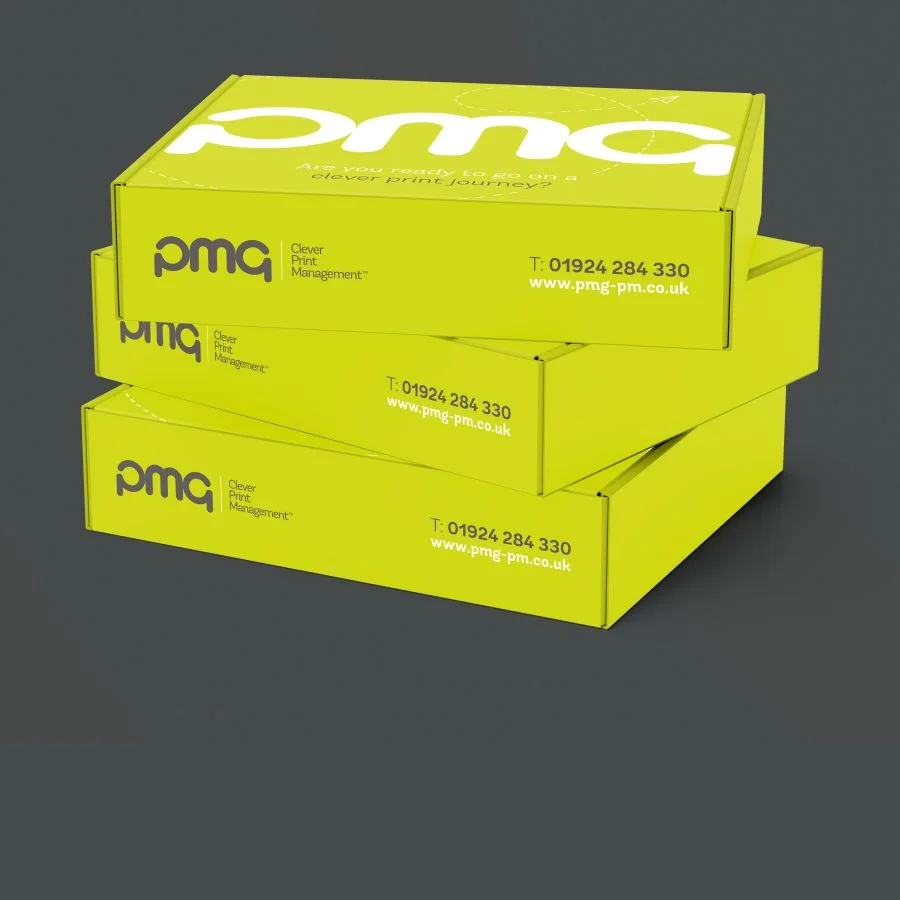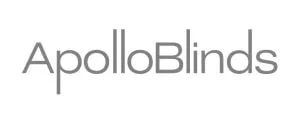
Shepard Fairey’s ‘Hope’ poster was easily the most iconic image to emerge from the groundbreaking 2008 US presidential election campaign. Despite all the money pumped into campaigns for both the Democrat and Republican presidential candidates, it was an unofficial campaign poster that had the biggest impact. We all remember the ‘Hope’ poster. It’s a stylised portrait of Barack Obama, with solid blocks of red, light blue, dark blue and white forming the image. Underneath the image is a single word: hope. The original poster featured the word ‘progress,’ but it was the ‘hope’ poster that really took off. The design has lived on in a way that very few political posters have before or since, and that fact alone shows the strength of the design and how it perfectly captured America’s mood at the time of the poster’s release. What print design lessons can we learn from Fairey’s poster?
#1: The power of colour schemes
Every designer worth his or her salt knows that you should only use a few colours in your design. It is choosing these colours that is the difficult part. Fairey chose red, white, and two blues – obviously the colours on the US flag. It’s hardly a new colour scheme for a US political poster, but rarely do these posters use colour in such a bold manner. By swathing Obama in red, white, and blue, we see him as a true American – no doubt a swift rebuke to right wing commentators who were more interested in the colour of his skin than his policies. A strong colour scheme is about more than looking good – it also has the ability to carry a message or be deeply symbolic.
#2: Simplicity in copy
The single word on Fairey’s poster is powerful. If it had been followed by two or three others, the focus would have been lost and the power of that single word would have been diluted. In many cases, it’s impossible to sum up a cause or product with a single word, but Fairey managed it. Print designs should contain as few words as possible. Choose them carefully.
#3: Use social media and word-of-mouth
The ‘Hope’ poster went viral. The 2008 election was the first presidential election where social media had a significant role. ‘Hope’ struck a chord with social media users and it was soon distributed all across the US and around the world, at no cost and incredible benefit to the Obama campaign. Print designs should also be suitable for sharing quickly across the internet. Don’t just restrict your print marketing campaign to paper – get it online, too.
#4: Be aware of wider issues
The ‘Hope’ poster managed to capture the prevailing mood in the US. They wanted a change, but the reassuring experience of McCain was also attractive. Words such as ‘Hope’ and ‘Progress’ encouraged Americans that now was the time to make a drastic change, and usher in the country’s first black president. Companies can learn from this, too. Be aware of current issues, the overall mood of the country and of your target market. Know their problems, and know how your product or service can provide a solution. Reflect this in your print designs.
#5: Don’t steal photos
In 2009, it was revealed that the photo Fairey had based the poster on belonged to a former Associated Press photographer, Mannie Garcia. AP claimed for compensation, and Fairey claimed that the poster was a fair use of the photograph. A settlement was reached out of court, but it later emerged that Fairey had destroyed and fabricated documents during the dispute. He received a sentence of two years of probation, 300 hours of community service and a $25,000 fine. Here’s a lesson we should all pay attention to: don’t steal other people’s images.
Regardless of your political leaning, we think you’ll agree that the Obama ‘Hope’ poster is one of the most significant political posters of the past decade. For more print design tips, speak to PMG’s design team.
















































